Terra Recognita
BA Spatial Design Graduate Project - Willem de Kooning Acadamietype : public space
project year : 2021
location : Rotterdam, Netherlands
scale : n/a
project year : 2021
location : Rotterdam, Netherlands
scale : n/a
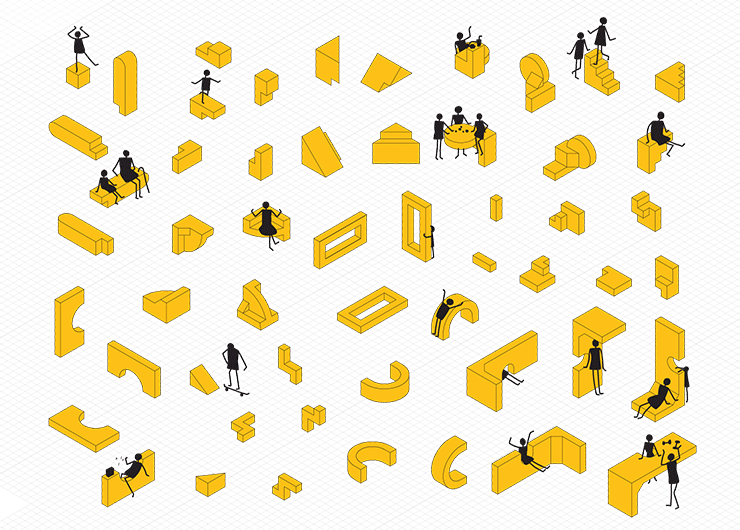
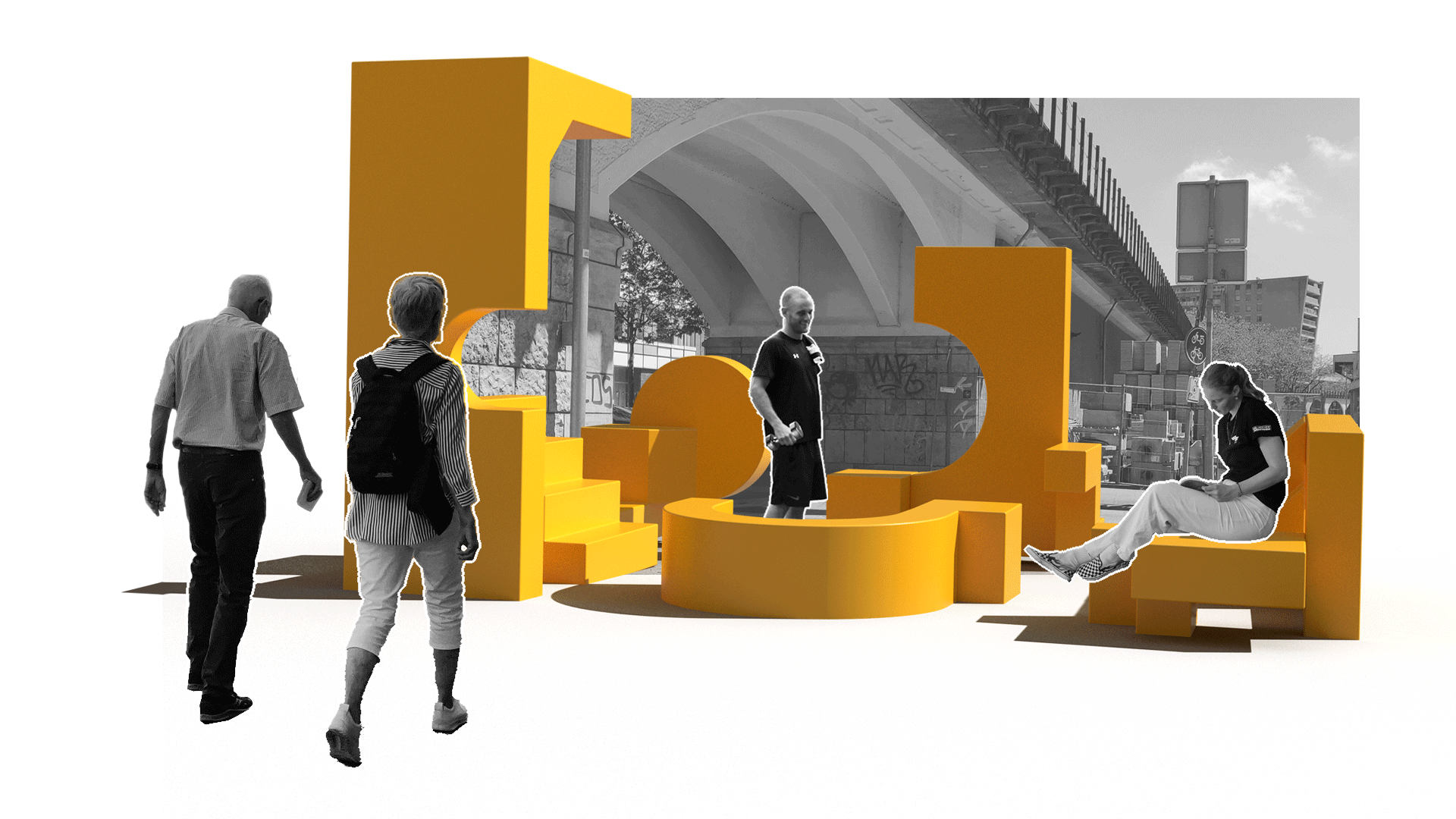
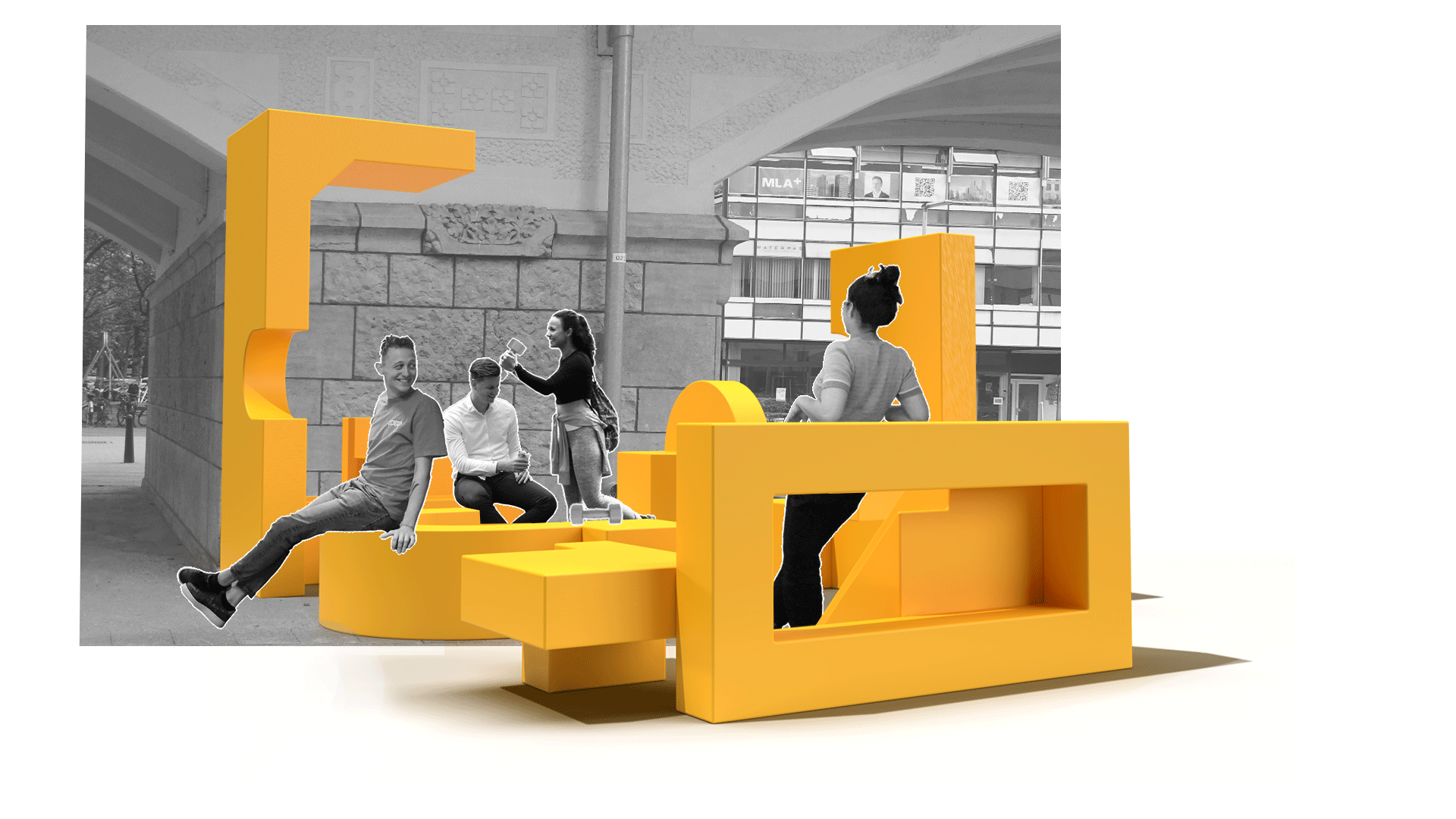
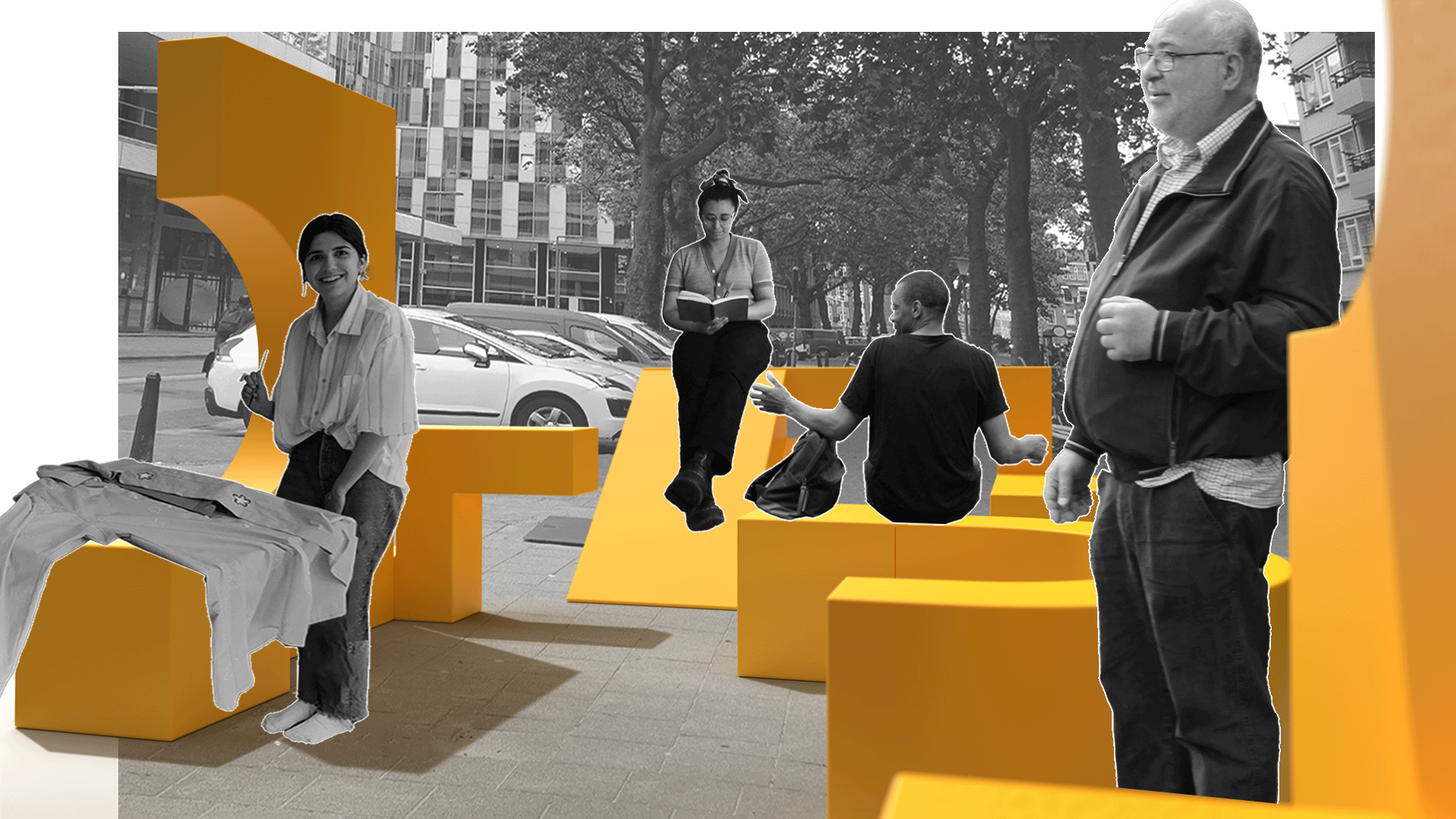
My graduation project is an exploration into playful curiosity from an urban spatial perspective and how it can be encouraged through utilizing public space that has become inactive, unused and empty as a result of urban redevelopment. More specifically, as a result a disruptive by products of Slow Urbanism. Pockets of inactive public space.
Terra Recognita aims temporarily fill these gaps in the urban fabric, and act as a catalyst for activity.
Terra Recognita aims temporarily fill these gaps in the urban fabric, and act as a catalyst for activity.
A visual and physical cue allowing people to see and feel that they can reclaim their public space.
A series of forms which are abstract in shape and do not have one clear function. They can be both placed in different directions and in different compositions depending on the size and needs of each inactive space. These forms invite people to use the space as they feel. Thus the space can be rediscovered, a Terra Recognita.
A series of forms which are abstract in shape and do not have one clear function. They can be both placed in different directions and in different compositions depending on the size and needs of each inactive space. These forms invite people to use the space as they feel. Thus the space can be rediscovered, a Terra Recognita.
WDKA Graduation Show
This project was exhibited at and interacted with at the WDKA Graduation Show in October 2021.
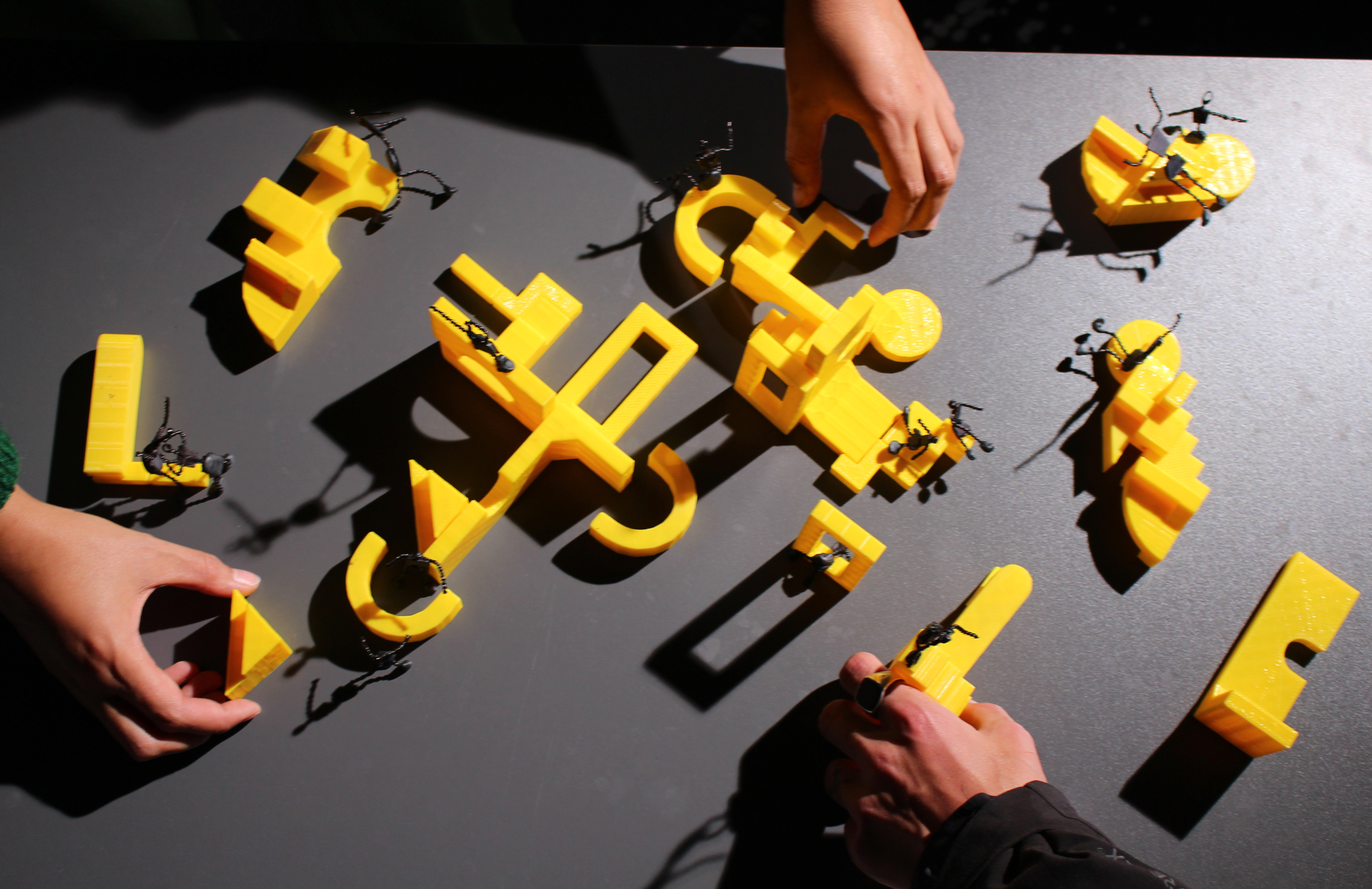

01. Inactive Spaces

Walking throughout the city I noticed distinct pattern of inactive public spaces, woven into our urban fabric. These were usually awkward corners and little pockets scattered throughout the city. The most intriguing of which being areas of public space which lay dormant as a result of urban redevelopment.
Construction blocking off pathways, temporary cul de sacs. That kind of thing. Pockets of spaces ignored, forgotten.
These spaces had potential for bodies to meet, sit, eat or play in. In my eyes these spaces are prime locations for incorporating more of these playfully curious spaces throughout the city.
The process of Slow Urbanism means that gradually, bit by bit, the area will morph and change. Buildings will be demolished, new structures will be erected. On paper this process seems much more beneficial for the community and bodies living in a changing neighbourhood, with the promise of a less violent period of change and the promise of input in decisions. However, in practice this is not the case. Bodies within neighbourhoods like this are just being slowly pushed out and forced to live in a constant construction site.
On top of this, these inactive spaces are an overlooked spatial consequence in the disruptive process of Slow Urbanism. They are a prime example of how the scale of the body is ignored within this large plan.
02. Slow Urbanism (in practice)

By activating these spaces, we can facilitate people to engage with their hands, eyes feet and bodies in the midst of this large-scale urban redevelopment, squeezing the body back into the mega plan. These spaces can become a Terra Recognita.
03. The Design

what?
A spatial intervention comprised of 15 forms which can temporarily activate areas of public space which are dormant. These forms are abstract in shape and do not have one clear function. They can be both placed in different directions and in different compositions depending on the size and needs of each inactive space. These forms invite people to use the space as they feel. Thus the space can be rediscovered, a Terra Recognita.
A spatial intervention comprised of 15 forms which can temporarily activate areas of public space which are dormant. These forms are abstract in shape and do not have one clear function. They can be both placed in different directions and in different compositions depending on the size and needs of each inactive space. These forms invite people to use the space as they feel. Thus the space can be rediscovered, a Terra Recognita.
why?
These spaces are a prime example of the body is ignored in the midst of Slow Urbanism. This project is a way to squeeze into the larger plan and utilise this by-product of Slow Urbanism to priorities the body. A way to reclaim the public space in a playful manner. The forms do not have a clear function so that playful curiosity is encouraged, and thus the body can decide on how the space is to be used.
These spaces are a prime example of the body is ignored in the midst of Slow Urbanism. This project is a way to squeeze into the larger plan and utilise this by-product of Slow Urbanism to priorities the body. A way to reclaim the public space in a playful manner. The forms do not have a clear function so that playful curiosity is encouraged, and thus the body can decide on how the space is to be used.
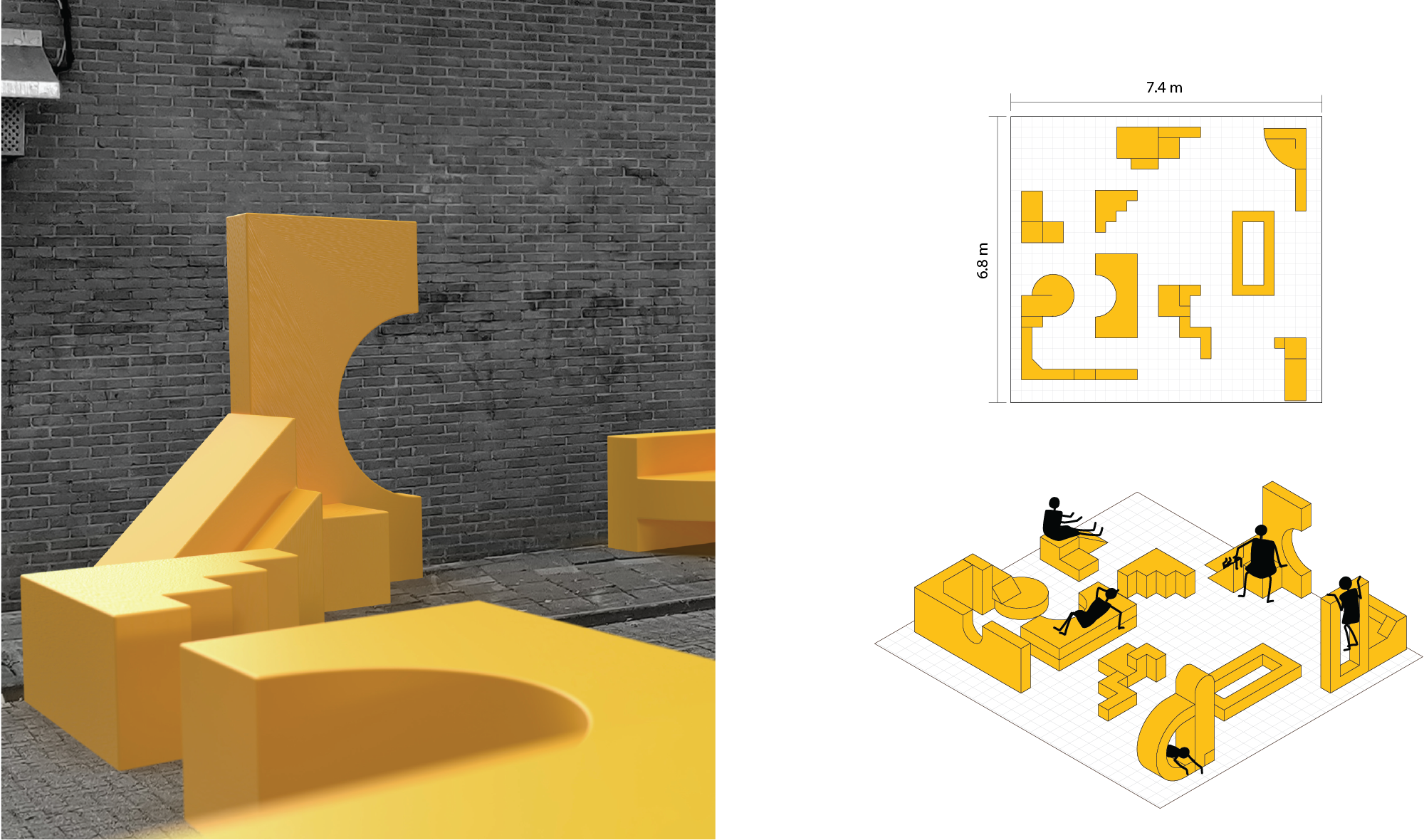

who?
For the body. Any body that wishes to use the space. The goal is that because the forms are abstract in shape and don’t have a single clear function, but are built on a human scale, they can accommodate a wide range of bodies. From young to old, from individuals to groups and from active to resting. This design is for the community going through this lengthened transition phase to have the ability to reclaim their public space without active third party control.
For the body. Any body that wishes to use the space. The goal is that because the forms are abstract in shape and don’t have a single clear function, but are built on a human scale, they can accommodate a wide range of bodies. From young to old, from individuals to groups and from active to resting. This design is for the community going through this lengthened transition phase to have the ability to reclaim their public space without active third party control.
how?
These forms can act as a catalyst for activity as they can give people a visual cue that they can reclaim their space. When a space becomes inactive or is deemed inactive, Terra Recognita collaborates with community members to plan an event to activate the space by setting up a configuration of forms. The forms are designed so that they can be moved and carried by bodies by foot, on bikes, trollys, palette jack or whatever the community has available. The forms have the ability to be both light and heavy in weight when needed.
These forms can act as a catalyst for activity as they can give people a visual cue that they can reclaim their space. When a space becomes inactive or is deemed inactive, Terra Recognita collaborates with community members to plan an event to activate the space by setting up a configuration of forms. The forms are designed so that they can be moved and carried by bodies by foot, on bikes, trollys, palette jack or whatever the community has available. The forms have the ability to be both light and heavy in weight when needed.

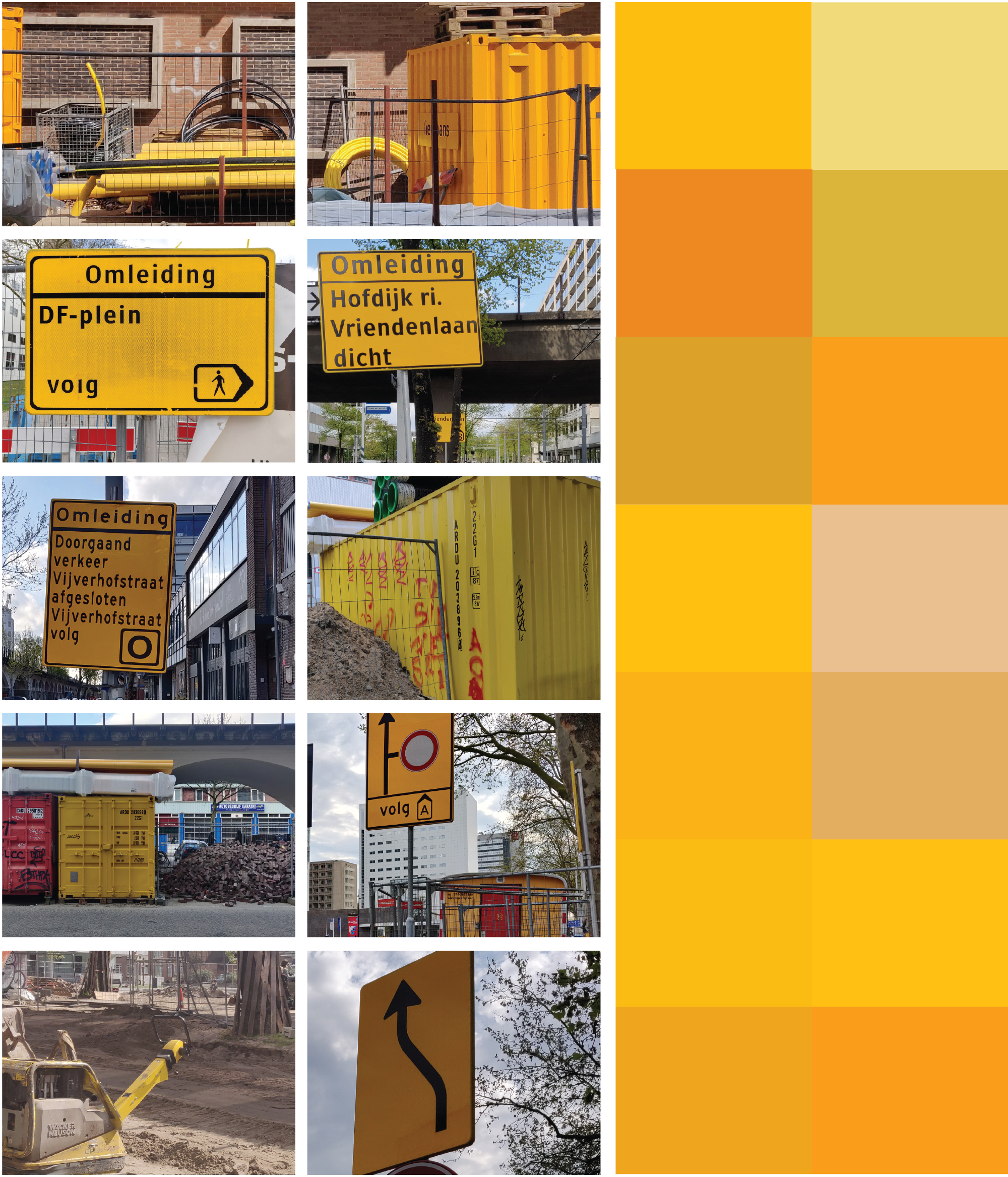
To read my full research document (the paper that serves as the foundation for this project) :
https://issuu.com/aliciarottkefitzpatrick/docs/terra_recognita_research_alicia_rottke_fitzpatrick
To read my full practice document (a closer look at the design choices and technical aspects of the project) :
https://issuu.com/home/published/terra_recognita_practice_alicia_rottke_fitzpatrick
